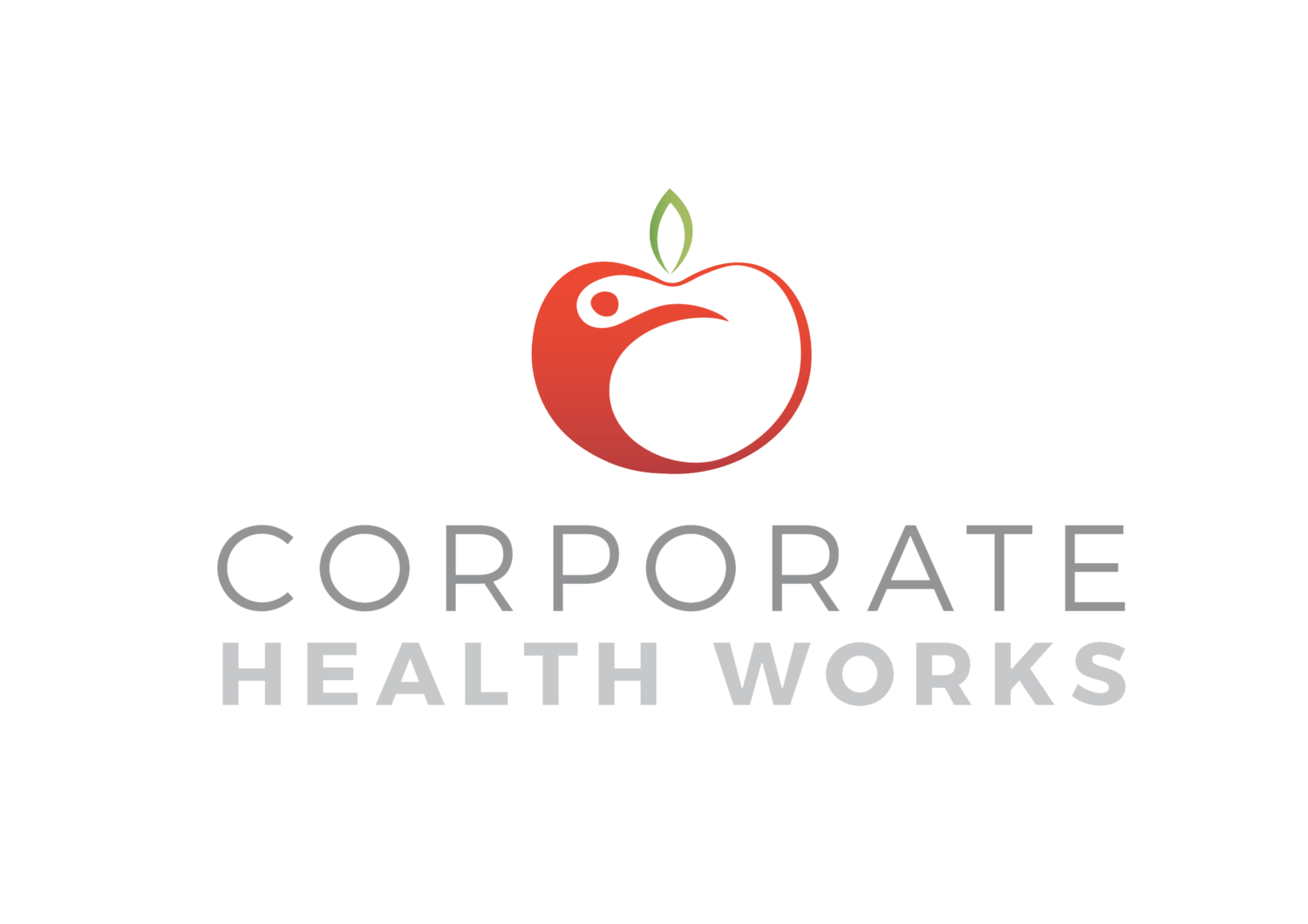Training
Corporate Health Works offers a comprehensive list of workplace safety and health training topics to meet the requirements of the Workplace Safety and Health Act and Workplace Safety and Health Regulations. Examples of some of our training programs are listed below, however, we can also provide development and delivery of customized training programs to meet the unique requirements of your organization.
Transportation of dangerous goods by ground and air
Corporate Health Works offers a comprehensive program for training and certification in Transportation of Dangerous Goods (TDG). Corporate Health Works also offers training for the shipment of dangerous goods by air (IATA).
The content of the training programs is mandated by the Act and regulations, and includes:
The regulatory framework
Training requirements of TDG and IATA
Classification of Dangerous Goods
Safety Marking requirements
Packaging requirements
Documentation requirements
Empty container shipment
Emergency Response
The role of CANUTEC
WHMIS 2015
Chemicals are used everyday in every industry. No matter the extent that your workers are exposed to them, chemicals exist in almost every workplace. The Workplace Hazardous Materials Information System has existed in Canada for over 30 years and has recently seen changes to harmonize with many of Canada’s trading partners around the world. This amended system is often called WHMIS 2015 (year that Health Canada brought the amended system into force) or GHS (Globally Harmonized System). If your workplace uses, stores, handles or produces chemicals known as Hazardous Products in any of the WHMIS Classes and Categories, there are WHMIS rules to follow.
committee & Supervisor training
Safety Committee Training
The Manitoba legislation requires Safety and Health Committee members to be provided with two days of training per committee year. An effective and fully functioning health and safety committee is a valuable resource as it provides a forum in which health and safety issues and problems can be identified and resolved.
Supervisor Safety Training
The Workplace Safety and Health Act requires that employers appoint “competent supervision.” A competent supervisor recognizes the safety and health hazards to which employees under their direction and control are exposed, and who are familiar with the legislation which applies to the work performed.
fall protection training
Gravity is always present, and falls are very common across all types of work activities. According to the Workers Compensation Board of Manitoba, well over 2,500 time-loss injuries occur in Manitoba every year and falls consistently account for 5% of all workplace fatalities annually. Whether using ladders, operating elevated equipment or accessing roofs or other high areas, working at heights needs to be done with careful planning. When the topic of fall protection is discussed, most people will think of the requirement to wear a harness. Worker fall protection is often more complicated than that. Corporate Health Works offers procedure development and worker training on the topic of fall protection to assist employers to comply with the Provincial or Federal regulatory requirements and the relevant CSA Standards and to keep workers safe while working at heights. Please contact us to discuss fall protection-related services.





